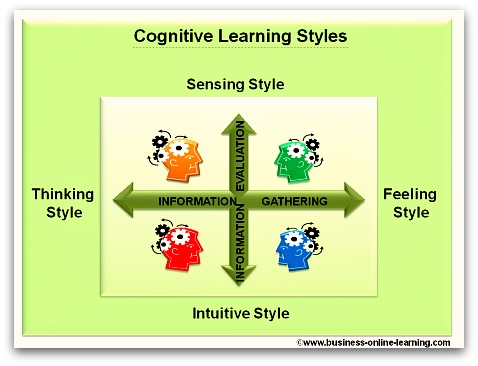What Is Brainstorming?
In the explanation of what is brainstorming, we need to realise that it is a very wide-reaching topic - understood as many different practices but it is actually a precise technique of generating ideas that relies on a structured approach. It is often misinterpreted or misused for general meetings, but as you will see there are rules to be followed and a set of steps to be adhered to.
Brainstorming is useful to generate ideas for problem solving. The essence of brainstorming is the ideas-generation phase is consciously separate from the evaluation phase. During a brainstorming session, there should be a “cross-fertilization” of ideas – without constraint, to benefit wholly from the creative process taking place.
Rules of Brainstorming
Attitude
- Encourage the slow and allow the freedom for ideas to trigger other ideas
- All must participate fully as others may be constrained by observers
- All must be willing to communicate fully
- There must be acceptance and respect for creative ideas
- Participants must resist the temptation to pass judgement at the ideas generation phase
Group set-up
- You need a committed leader; someone who is committed to make the session a success and guide the group through the various stages
- The group members must have a variety of experience and expertise.
- However it in not advisable to have too many different layers of management in the group as this can be constraining for all in the group.
Environment
- Ensure a good, conducive environment without interruptions.
Preparation
Here is a quick checklist of points that need to be considered before starting a brainstorming group:
- Is the problem suitable for brainstorming?
- Who should be involved in the group?
- What size should the group be?
- Should the group have prior information about the problem?
- Should the “problem owner” be present?
- When and where should the session take place?
- What form should the session take? (See types of Brainstorming)
What you need
- Equipment for noting ideas
- Sheets of white paper (A3, A2)
- Marking pens,
- Blu-tak
- Personal notepads
- Pencils, coloured pens
- Metaplan cards
4 Stages of Brainstorming
1. Defining the problem: A good problem statement is essential for a good start to problem solving
2. Re-defining the problem: The problem is redefined to give the group a new way of looking at the problem. Try to define the problem in about 6 different ways before moving onto the next stage. These should be written down for all to visualise and it will help to state the problem as “How to.....”
3. Generating ideas. If you then take each definition in turn, you generate as many ideas as possible for solving it. The technique here is to ask “In how many ways can we......” Remember, all judgement must be suspended and no idea is too crazy. In some groups there are 5 min silence sessions as participants write down their ideas. Others prefer flipcharts or metaplan boards to display the ideas as they occur. Everything must be done to encourage the flow of ideas.
4. Evaluating the ideas – some people say that the group must not make the final choice – but rather their aim should be to make a short-list of best options and leave the final choice to someone else. Whoever does the evaluation, they must do it in a systematic and rational way.
"What is Brainstorming" Conclusion
What is Brainstorming but an excellent method for gathering ideas, developing creative approaches and becoming innovative.
We hope this will of great use to you in your work.
Business Online Learning Homepage ›
Problem Solving Pages ›
What is Brainstorming?














 My name is Martha and I have worked for over 30 years in various aspects of business and in various countries, right around the world.
My name is Martha and I have worked for over 30 years in various aspects of business and in various countries, right around the world.